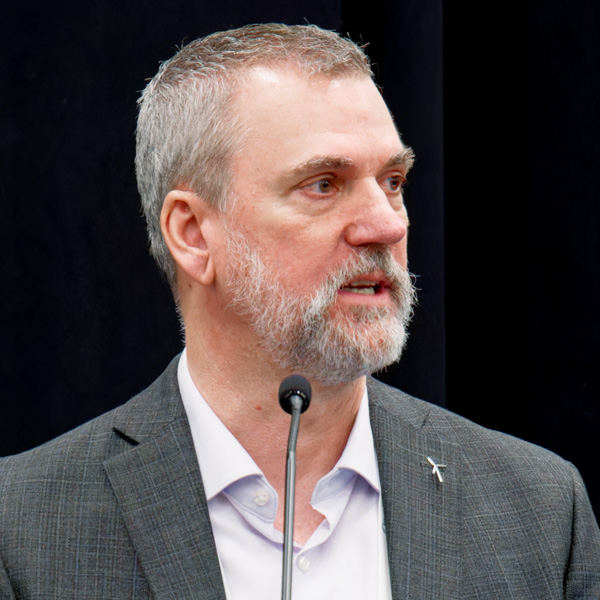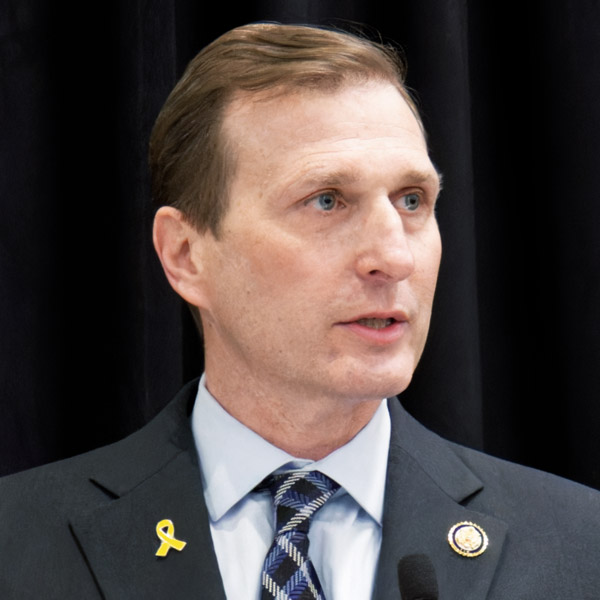ALBANY, N.Y. — The state with some of the most ambitious goals for offshore wind energy continues to pursue them as federal policy changes force a slowdown.
At the April 7-9 New York Energy Summit, updates on energy development efforts off the New York coastline did not gloss over President Donald Trump’s war on wind turbines but did not focus on it, either.
Some milestones have been achieved, panelists said, and just as important, no one has given up on reaching the next milestones.
Gregory Lampman, director of offshore wind at the New York State Energy Research and Development Authority, called the present situation a pause: The offshore wind industry and the various entities working with it are waiting to see how federal regulators interpret and execute President Trump’s directives targeting offshore wind.
NYSERDA wants developers to continue to invest in their lease areas during this period, Lampman said. It also would like shorter timelines between key milestones in the development process, which would lessen the risks and costs that grow with delay.
“Continue to invest in those areas, continue to refine and get more prepared, so that when we start moving through this regulatory process again, we can jump on it, make some progress, and then move much more projects into construction, very quickly,” he said.
New York Offshore Wind Alliance Director Alicia Gené Artessa said the nine offshore wind developers she represents remain interested in the New York market. “They want to build here because we have New York City and Long Island, which need power, and those are a lot of needy customers to say the least.”
As an early-stage project, Bluepoint Wind is taking a longer view for its lease area in the New York Bight, CEO John Dempsey said.
“We still would not see turbines spinning until the early 2030s regardless of who was president,” he said. “So it’s more for us about using the time to get the ecosystem in a good spot for the future.”
The lack of that ecosystem — a supply chain, institutional knowledge, manufacturing capacity, port infrastructure — was one of the challenges limiting attempts to quickly build a large U.S. offshore wind sector a few years ago.
Offshore wind produces electricity on a larger scale than any other renewable, Dempsey said, and its problems have been larger as well. But the underlying basis for building offshore wind remains strong, he added — demand in the wholesale electricity markets will persist.
“Offshore wind is one of a handful of generation assets that deliver scale once we’re going,” he said, “so to me, it’s just about using the time we have here to get everything right, and particularly around transmission and offtake.”
New York is giving more attention to offshore power transmission as it plans offshore power generation.
The first New York projects — South Fork, Sunrise Wind, Empire Wind 1 — rely on a radial model in which each wind farm has its own export cable and shoreline landing point. In its sixth solicitation, NYSERDA plans to effectively separate generation from transmission with a meshed transmission model that serves multiple wind farms.
Neither model is without challenges, and the overall cost and value of a meshed model would depend on the offshore wind generation attached to it. But Lampman said a meshed system such as the ones proposed into the NYISO’s public policy transmission needs solicitation could be “a great solution for growing the industry.”
He added: “It’s a bit of a challenge, though, because we’ve solved one problem and we sort of moved to another problem, which is, what are the commercial terms between the transmission developers and the offshore wind generators? And what’s the technical terms that get used? Because one group is building the transmission, the other one’s building the generation. How do you bring these things together?”
Bluepoint is farther from land than any other lease area in the New York Bight, and it could send power to New York or New Jersey. So it has a close interest in these potential transmission solutions.
Dempsey said New Jersey got an early start on offshore transmission development solicitations but had to pull back on the process, which affected Bluepoint’s own planning.
“So my hope is that New York continues with its plans around the PPTN, I think it’s a tremendous opportunity,” he said. “It obviously has some wrinkles to it that we need to iron out, but I think most of those are commercial in nature that we can figure out.”
The elephant in the room through all the conversations at the summit was the Trump administration and its ability to slow down renewable energy projects or boost their construction costs to untenable levels.
After the summit, a NYSERDA spokesperson told NetZero Insider the state still is waiting to see the practical impact of Trump’s Day 1 directives targeting offshore wind. The planning can continue amid this uncertainty because construction would be years away under any scenario.
“NYSERDA is carefully reviewing federal actions that impact our work. It is too soon to determine what impact, if any, federal actions might have on New York advancing the state’s energy policies. In the meantime, we will continue to work with colleagues across state government to realize the benefits promised by our state energy policy.”








